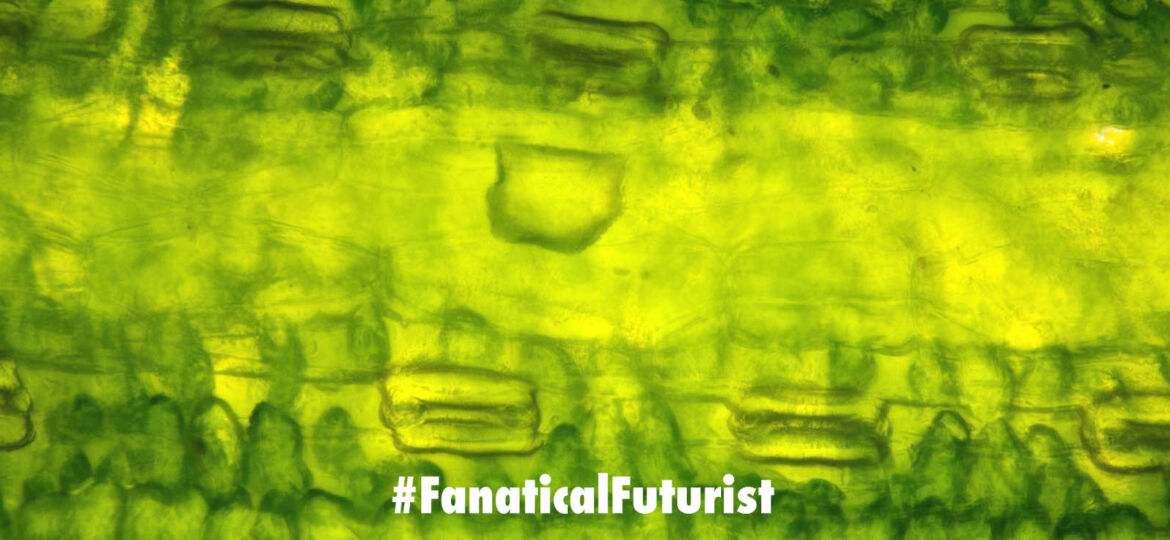
WHY THIS MATTERS IN BRIEF
As the world weans itself off fossil fuels the new fuels we use need to be much greener to produce.
 Love the Exponential Future? Join our XPotential Community, future proof yourself with courses from XPotential University, connect, watch a keynote, or browse my blog.
Love the Exponential Future? Join our XPotential Community, future proof yourself with courses from XPotential University, connect, watch a keynote, or browse my blog.
Three years ago, scientists at the University of Michigan (UoM) discovered an artificial photosynthesis device made of silicon and gallium nitride (Si/GaN) that harnesses natural sunlight to generate carbon-free hydrogen fuel, known as green hydrogen, for fuel cells with twice the efficiency and stability of some previous technologies.
Now, scientists at Lawrence Livermore and Lawrence Berkeley national laboratories – in collaboration with UoM – have uncovered a surprising, self-improving property in Si/GaN that contributes to the material’s highly efficient and stable performance in converting light and water into green hydrogen. And while this might not sound all that exciting the research, reported in Nature Materials, could help radically accelerate the commercialisation of both artificial photosynthesis technologies and hydrogen fuel cells, and help wean the world off of harmful fossil fuels faster.
Materials in solar fuels systems usually degrade and become less stable over time, and as a result they then produce hydrogen less efficiently until they altogether stop – but the team found an unusual property in Si/GaN that somehow enables it to become more efficient and stable over time.
Previous artificial photosynthesis materials are either excellent light absorbers that lack durability or they are durable materials that lack light-absorption efficiency – but this material is both durable and an excellent light absorber. Furthermore, silicon and gallium nitride are abundant and cheap materials that are widely used as semiconductors in everyday electronics such as LEDs and solar cells, said co-author Zetian Mi, a professor of electrical and computer engineering at UoM who invented the first Si/GaN artificial photosynthesis devices a decade ago.
When Mi’s Si/GaN device achieved a record-breaking 3 percent solar-to-hydrogen efficiency, he wondered how such ordinary materials could perform so extraordinarily well in an exotic artificial photosynthesis device – so he turned to senior author and Berkeley Lab scientist Francesca Toma for help, and this is the result.
Source: UoM















